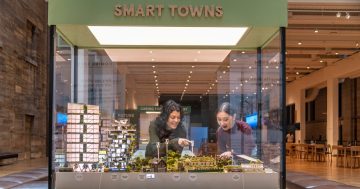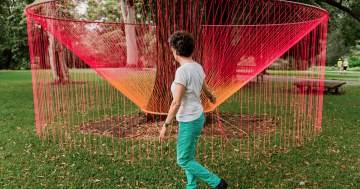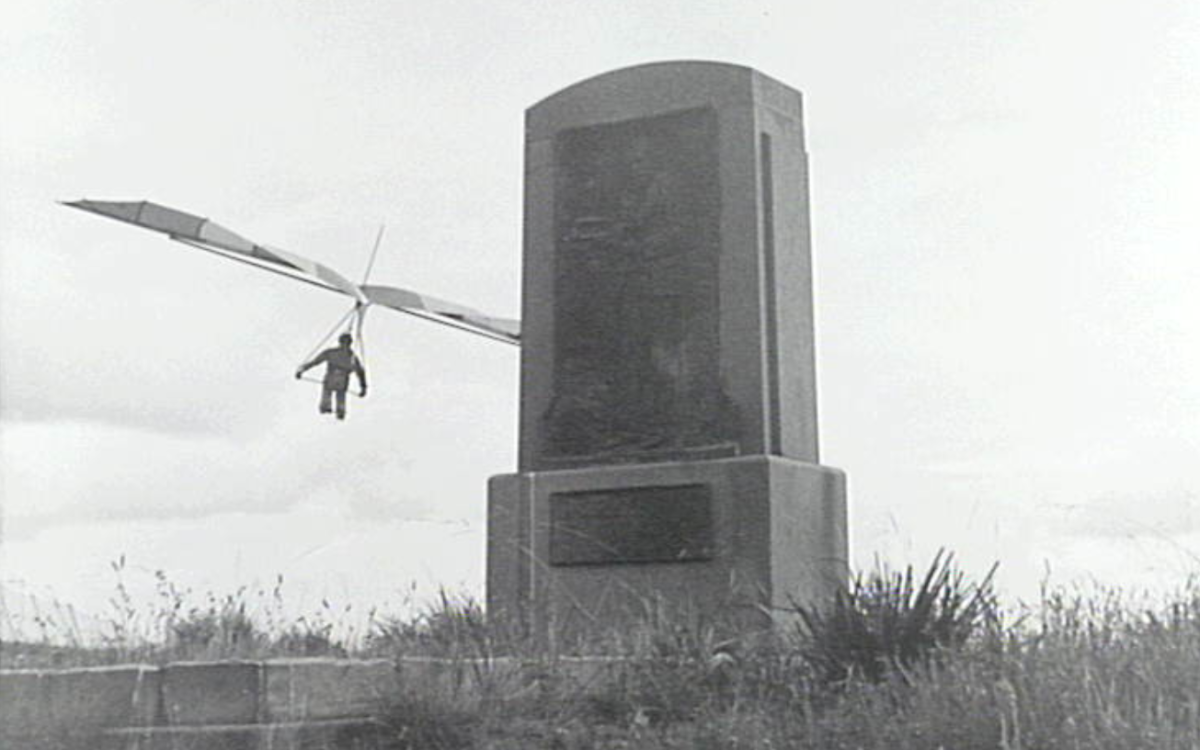
Lawrence Hargrave statue. From the collections of Wollongong City Libraries and the Illawarra Historical Society – p10059.
Millions of people must have looked at this bas-relief at Stanwell Park.
It was commissioned to commemorate the bloke who deserves quite a bit of the blame for the worst invention of the 20th century – next, that is, to the mass production of motor vehicles and internal combustion engines.
More enlightened souls than myself, however, suggest this bloke commemorated at Stanwell Park not only invented “the rotary aeroplane engine” but also generally accept that “his experiments with box kites were the direct forerunner of the first aeroplane”.
Whether or not these things are true, it’s this monument to old Lozza Hargrave seen above that today still stands strong. But few these days ever think of the bloke who actually designed the monument.
His name was John William Hope (1889-1982).
Although born in Sydney, Hope left Australia in 1914 with nothing but some experience as a die-maker’s apprentice with a Sydney firm, and a few lessons in modelling at the East Sydney Technical School.
After serving with the American Air Force, he studied sculpture and worked at the American Museum of Natural History in New York from 1923 to 1936 as an animal sculptor.
In 1931, he was one of an expedition commissioned by a millionaire to explore the headwaters of the Nile and bring back examples of the eland, a giant antelope.
Hope then created the 14 bas-reliefs that appear above each of the dioramas on the main level of the African Hall.
After leaving the museum Hope returned to Australia in 1936 to visit his mum and later got the gig for the monument at Stanwell Park, which was unveiled on 3 August 1940.
Another mostly forgotten artist who worked in Wollongong was the Czech ceramic sculptor Vladimir Tichy, born in 1926.
Tichy arrived in Australia as a refugee in 1968. He had been trained at a technical college in Prague and then worked in Czech porcelain factories before undertaking five years of study in academic sculpture.
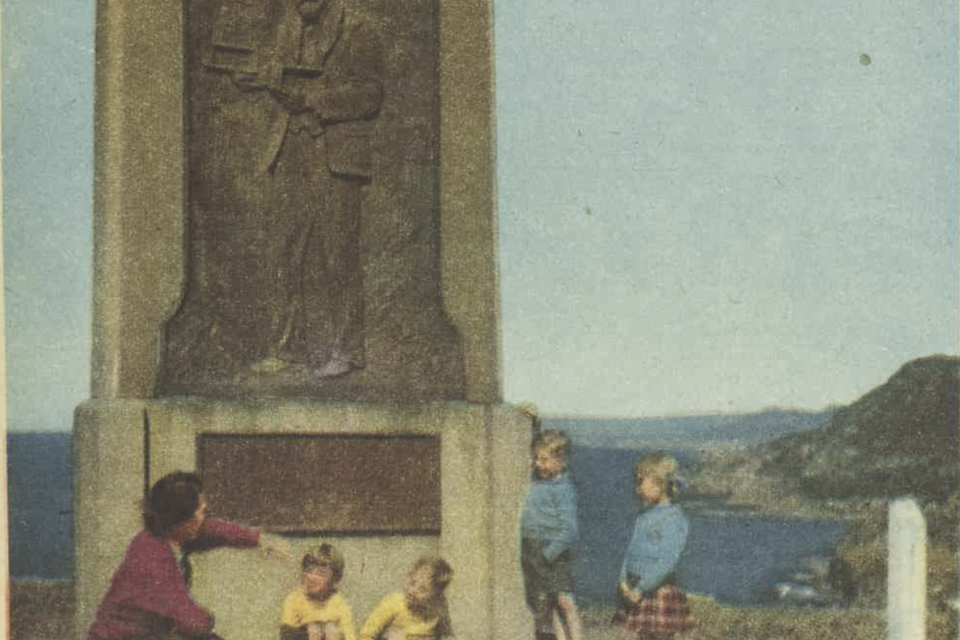
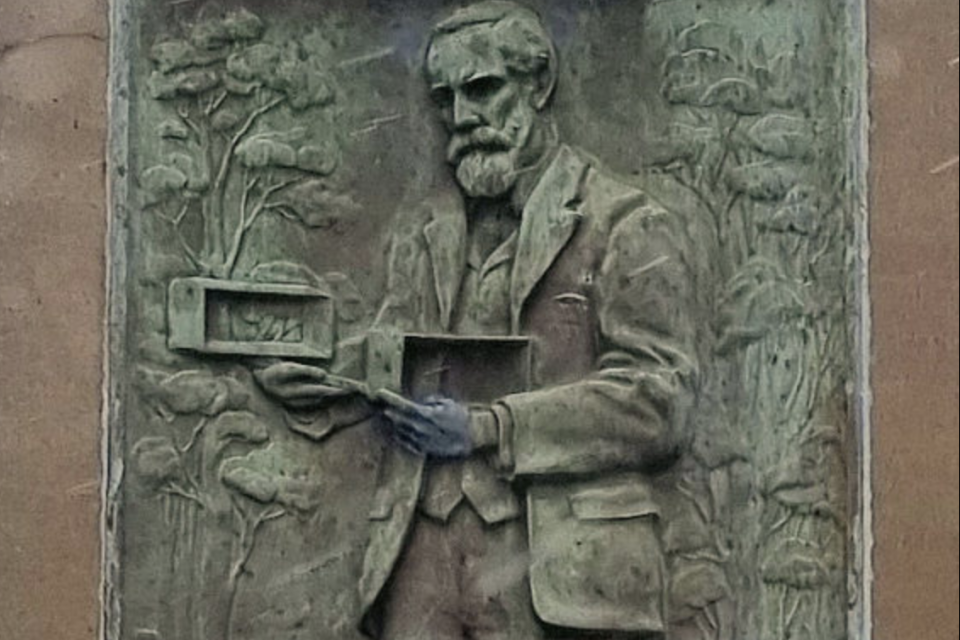
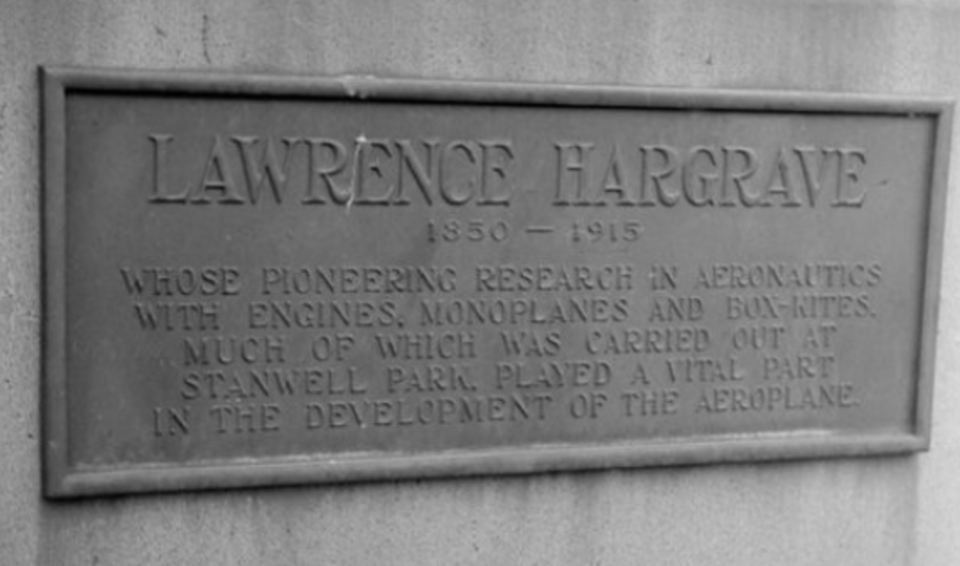
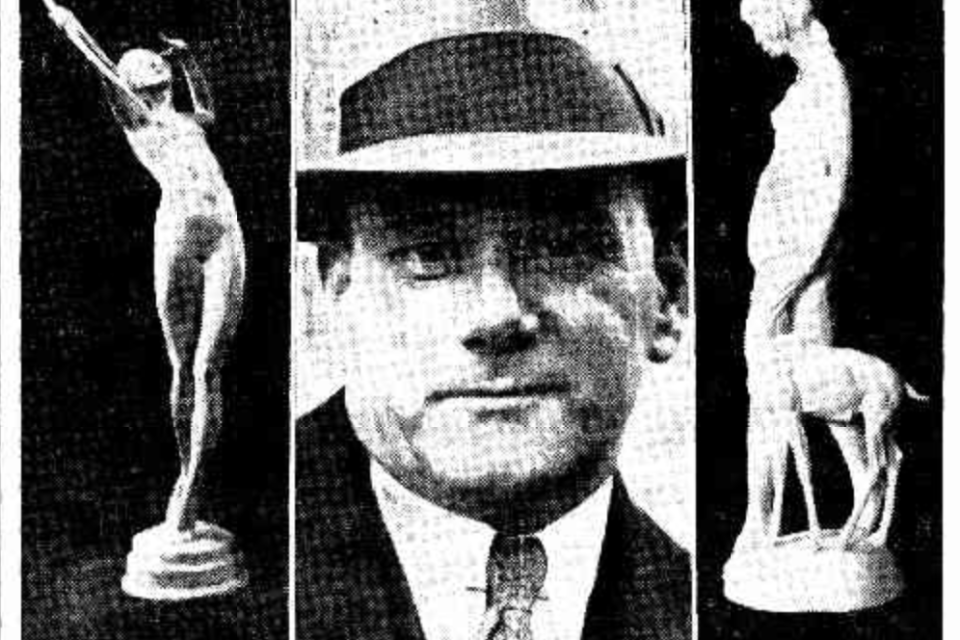


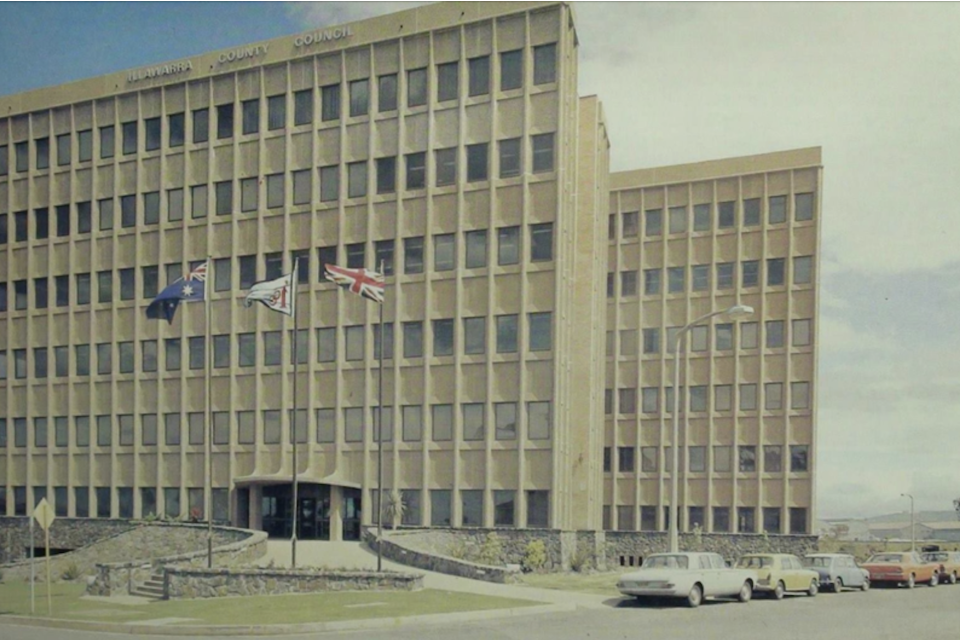
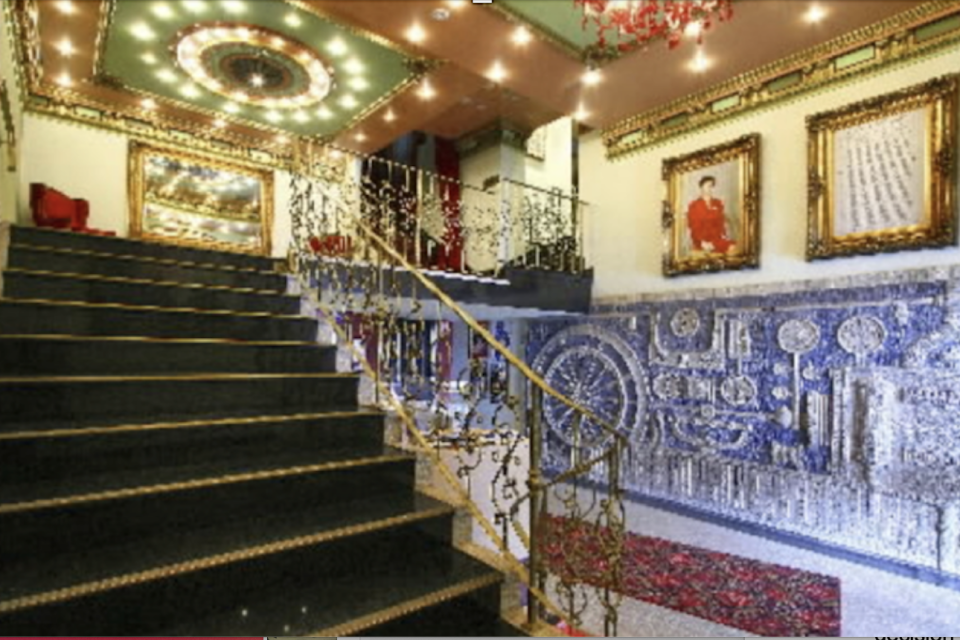
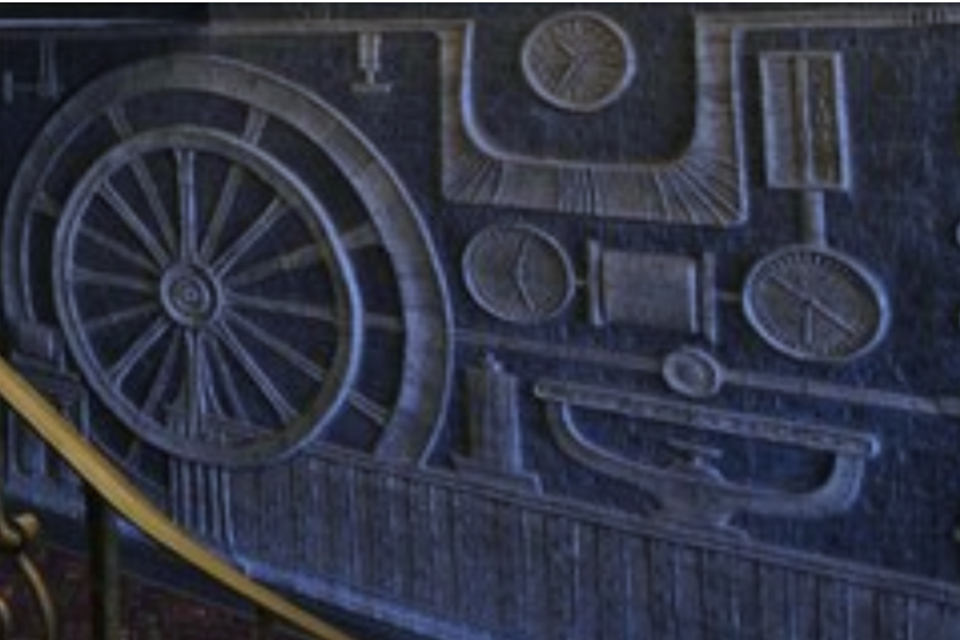
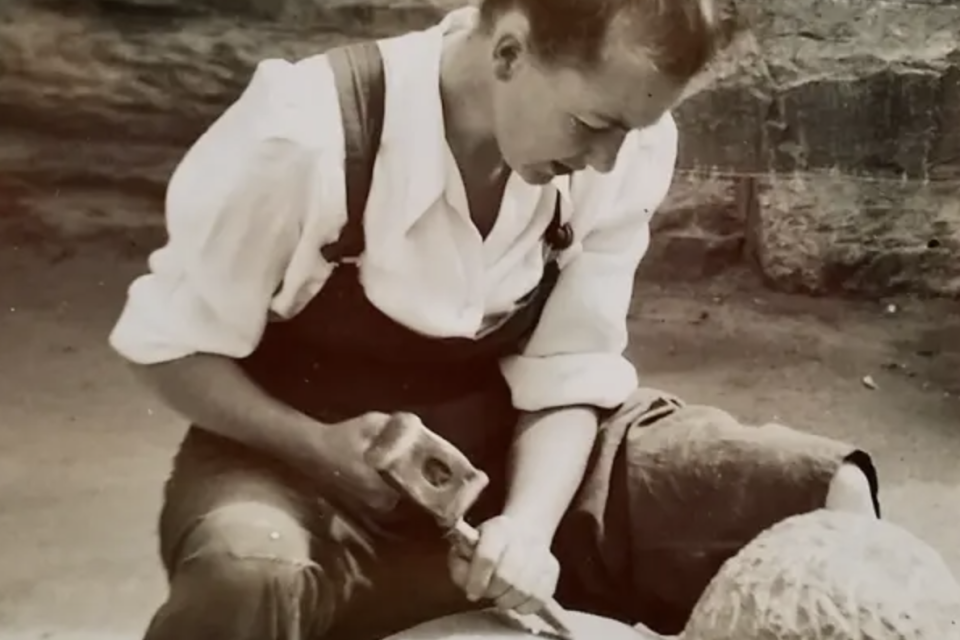
By 1958, he was selected as one of Czechoslovakia’s premier ceramicists, and exhibited in the initial post-World War II World Expo in Brussels.
Tichy had decided to emigrate to Australia after being told by the Australian Embassy in Vienna that jobs in Sydney ceramic factories would be readily available.
This did not prove to be his experience but he finally found a job at the Crown Crystal factory where he met a woman named Anne Dybka.
Together with Anne Dybka’s husband, Rudolph, the “Studio Dybka Tichy” was established in Parramatta with Tichy as head designer.
Specialising in architectural ceramics (mostly biscuit fired glazes on specially designed clays), the firm produced large murals for office buildings and RSL clubs – sometimes even working for such famed architects as Harry Seidler.
Three of Tichy’s more illustrious commissions included the wall mural and ceramic tiles for Sydney’s Centrepoint Tower, the MLC Centre and the Wrest Point Casino in Hobart.
In the Illawarra, Tichy worked on St Pauls Anglican Parish in Albion Park and a sculpture for Albion Park Catholic Parish, as well the shopping centre in central Wollongong in the 1970s.
Tichy’s work in Czechoslovakia had mainly been produced in porcelain. In Australia, however, he found large quantities were hard to acquire.
Sadly today a great many of his murals have been lost to demolishers and renovations. His work was signed either V. Tichy and sometimes, with the malapropism “sculptured by V. Tichy”.
One important Illawarra work by Tichy was once housed in the County Council building at Coniston.
Like so many works by Tichy, his artwork at Coniston would likely have been lost if the developer John Comelli had not intervened.
When the building at Coniston changed hands and underwent refurbishment, Comelli was at the time developing Anita’s Theatre at Thirroul.
He quickly made a decision that Tichy’s artwork would be eminently suitable for the foyer of his very expensive redevelopment of the old Kings Theatre Building.
So Mr Comelli had Tichy’s mural carefully removed and then reinstalled in slightly truncated form at Thirroul.
The work by Tichy which can now be seen at Thirroul may well become a rare Australian survivor of his art.
So let us hope that the sculptural work of Illawarra’s most famed female sculptor – May Barrie who lived and sculpted at the wonderful Calemondah property at Calderwood – gets to experience a far longer life than so much of Vladmir Tichy’s work.








